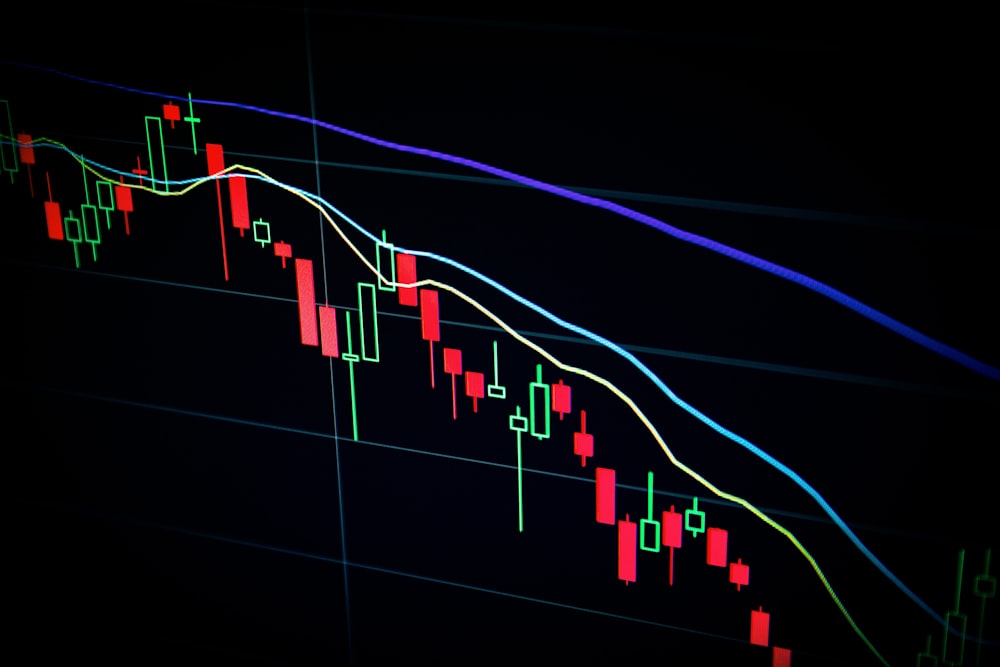Short Squeeze Activity: New Players, Same Game, Different Results
This article explains all things short stock-related and looks at those companies that have followed in the footsteps of GameStop GME whose stock went parabolic back in January, 2021.
Short squeezes will remain a big story in the financial news media until heavily shorted stocks that have been pushed up by individual investors connected through social media sites such as Reddit's WallStreetBets come crashing back to earth.
Why Do Speculators 'Short' Stocks?
When someone shorts a stock, they’re trying to sell something that they don’t actually own because they think they can make money later by buying it back at a lower price.
How Do You Short A Stock?
If you believe a stock’s value will increase over time, you want to buy it and hold it, which is known as taking a “long” position but, if you anticipate that a stock’s price will decrease, you could take a “short” position. To do this, you would:
- borrow shares of the stock and sell them to another investor (even though you don’t own them).
- If you can sell the stock to someone else for a higher price than what it will cost you to purchase the shares from the original owner to cover your borrowing, you will profit from short-selling.
- If the stock’s price keeps rising, though, the short seller will have to rebuy the borrowed shares at a higher price than they sold the shares for.
Photo by Maxim Hopman on Unsplash
What is Short Volume?
When a speculator makes a short sale, they do so with the belief that a security will decline in price.
- If the short sale volume increases as a percentage of the total volume, then that suggests a bearish (negative) sentiment by the market.
- If short sale volume decreases as a percentage of total volume, then that suggests a bullish (positive) sentiment.
When the total number of short shares traded on the major U.S. markets each day are divided by the total shares traded each day you get the Short Volume Ratio for the day. That lets you know how bearish (negative) or bullish (positive) the market is that day.
What Is Short Interest?
Short interest is the number of shares that have been sold short but have not yet been covered or closed out and is expressed either as:
- a percentage, i.e. the number of shorted shares divided by the number of shares outstanding,
- or in dollars, i.e. the amount of dollars being shorted are divided by the company's market capitalization.
Short interest does not forecast long-term price performance very well, although, during a cycle of short squeezes, it is a highly coveted data point as it has traditionally been viewed as an indicator of market sentiment.
What’s a Short Squeeze?
A short squeeze is when there is strong demand for a stock that also has a lot of short-sellers that forces short sellers to buy the stock in an attempt to cut their losses. When this happens - when both the long buyers and the short sellers are buying - it drives the price up even further.
A percentage of short-sales to total shares available for trading of 30% or more is considered outrageously high and below is a list of such stocks in descending order:
- Cortexyme (CRTX): 54.3% short interest as a % of shares outstanding
- Blink Charging (BLNK): 39.4%
- Gogo (GOGO): 37.1%
- Beyond Meat (BYND): 37.0%
- Lemonade (LMND): 35.7%
- Intercept (ICPT): 35.5%
- Cassava Sciences (SAVA): 34.8%
- Arcimoto (FUV): 34.1%
- Beam Global (BEEM): 33.9%
- Arch Resources (ARCH): 31.9%
- Big 5 Sporting Goods (BGFV): 31.4%
- Citi Trends (CTRN): 30.4%
- SmileDirectClub (SDC): 30.3%
- iStar (STAR): 30.2%
- Bed Bath & Beyond (BBBY): 30.0%
Source: shortsqueeze.com
In Summary
The big players have shorted the above stocks (and many more with much less than the 30% of short-sales to total shares available for trading criteria used in this article) with the full expectation that the price of these stocks will drop in price going forward and that they will eventually reap major profits as a result.
The small retail investors' actions, on the other hand, are intended to make these large institutions and billionaire speculators regret their decisions by driving the stock prices of these stocks higher. This requires the short sellers to cover their bets thereby resulting in serious financial losses for the short sellers and serious financial gains for the "short stoppers".
This particular attempt at a short squeeze by the small retail investors of the big players, i.e., to drive the price of the various stocks DOWN in price, which began in early November, 2021, has failed miserably to date. Of the 15 stocks discussed in this article ALL but one of the stocks have fallen by -46.8%, on average, since early November. Only Arch Resources has advanced and then, only by a meagre 7%!
With one-click trading apps like RobinHood (HOOD), and others such as Public and WeBull, trading in and out of high short interest stocks can feel like a video game, but it is anything but. Investing shouldn't feel like a game. At the end of February I will begin presenting the activity of the above mentioned 15 stocks, called the Short Squeeze Index, on a weekly basis.
Visit munKNEE.com and register to receive our free Market Intelligence Report newsletter (sample more




